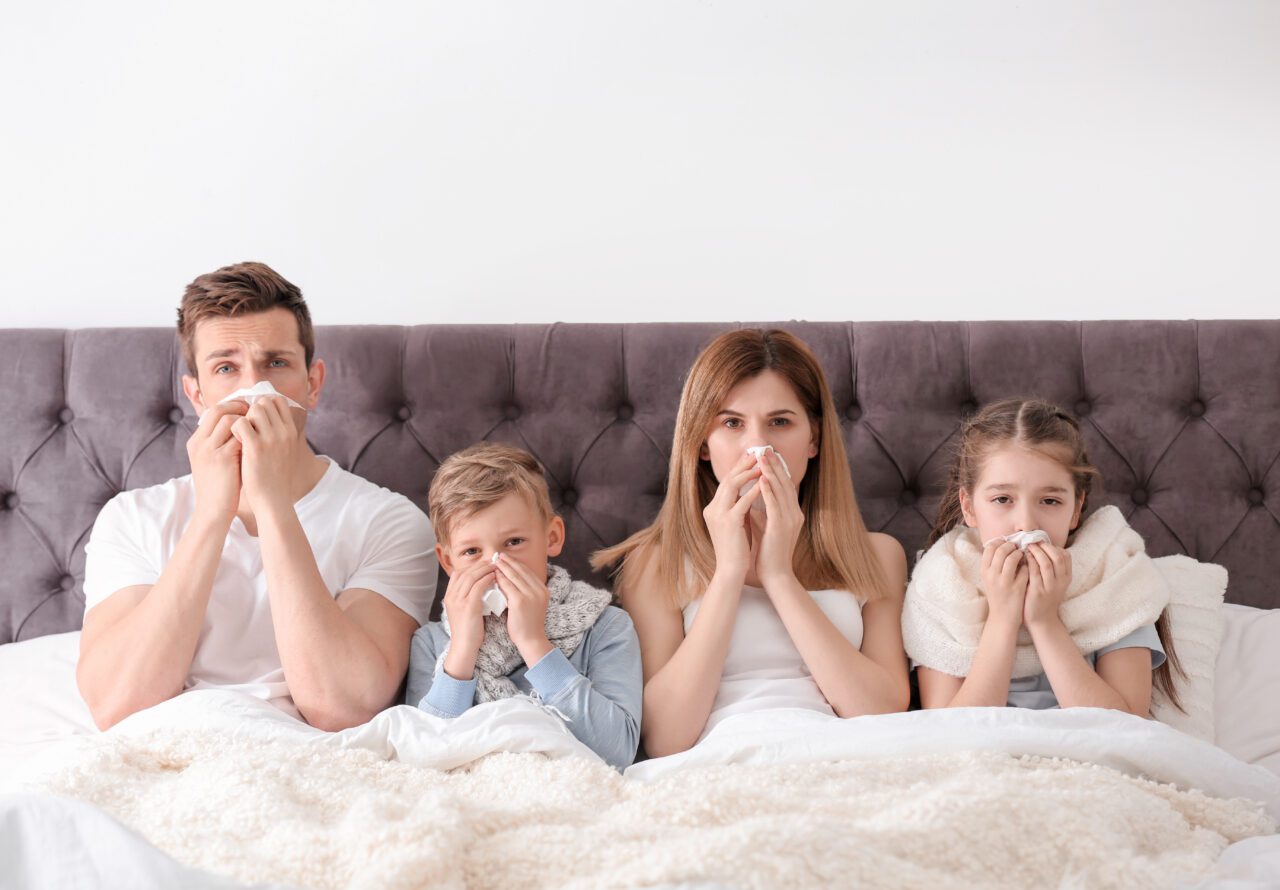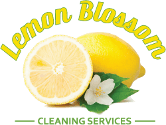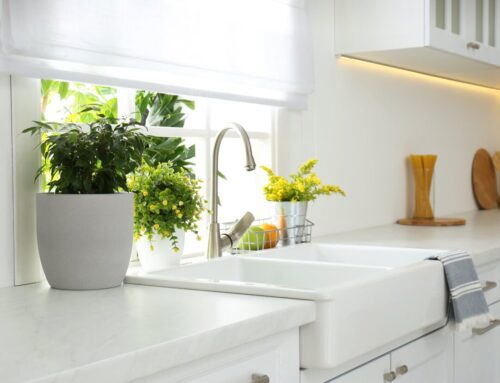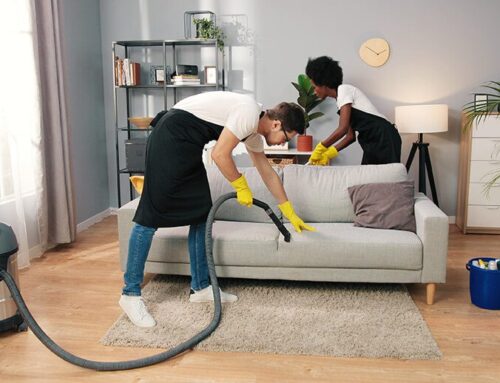
Disinfection: Ensuring a Germ-Free Home during Cold & Flu Season
Winter is a season of coziness, hot cocoa, and holidays, but it also brings with it the challenge of keeping our homes germ-free. As the temperature drops, viruses and bacteria thrive, making it crucial to understand the science of disinfection to ensure a healthy living environment. In this comprehensive guide, we’ll explore the best practices and innovative techniques to safeguard your home during the winter months.
Disinfection is not just about cleanliness; it’s about protecting your loved ones from the invisible threats that lurk in the cold. From understanding the role of disinfectants to implementing smart cleaning routines, this article will empower you to create a winter oasis that’s safe and hygienic.
The Science of Disinfection: Keeping Your Home Germ-Free in Winter
The Importance of Regular Cleaning
Ensuring your home remains free of germs during the winter season hinges upon the implementation of steadfast cleaning practices. Here, we explore the significance of regular cleaning and break it down into essential components:
Daily Cleaning Routines
- Develop daily cleaning habits: Incorporate simple yet effective cleaning routines into your daily life. These routines should focus on areas where germs tend to accumulate. Consider tasks such as wiping down kitchen countertops after meal preparation, disinfecting frequently touched objects like doorknobs and light switches, and regularly sanitizing bathroom surfaces. Consistency in these daily practices forms a strong line of defense against germ infiltration.
Deep Cleaning Strategies
- Learn when and how to perform deep cleaning sessions effectively: Deep cleaning is a more thorough and less frequent endeavor compared to daily cleaning routines. It involves a comprehensive overhaul of your living space to eradicate germs that might have taken root. To make the most of deep cleaning:
- Create a schedule: Plan deep cleaning sessions at regular intervals, such as once a week or bi-weekly, depending on your household’s needs.
- Focus on neglected areas: Pay special attention to spaces often overlooked during daily cleaning, such as under furniture, inside cabinets, and behind appliances.
- Use appropriate cleaning products: Select disinfectants and cleaning agents tailored to the specific surfaces and areas you’re addressing.
- Involve the family: Encourage all household members to participate in deep cleaning sessions to ensure a thorough job.
High-Touch Surfaces
- Identify and prioritize cleaning high-touch surfaces: In the battle against germs, not all surfaces are created equal. Some are more prone to harboring pathogens due to frequent human contact. To maintain a germ-free environment:
- Compile a list of high-touch surfaces: Identify areas and objects that family members come into contact with regularly, such as remote controls, cell phones, and faucet handles.
- Prioritize cleaning: Allocate extra attention and effort to disinfecting these high-touch surfaces. Clean and sanitize them daily to reduce the risk of germ transmission.
By incorporating these daily cleaning routines, deep cleaning strategies, and a focus on high-touch surfaces into your winter cleaning regimen, you’ll create a robust defense system against germs. Your home will not only be cozy but also exceptionally hygienic, ensuring the well-being of your loved ones throughout the cold season.
Advanced Disinfection Techniques
To truly fortify your germ-fighting arsenal during the winter season, it’s time to embrace cutting-edge methods that take your disinfection game to the next level. Here, we delve into these innovative techniques and provide insights to help you implement them effectively:
UV-C Light Technology
- Explore the use of UV-C light to kill germs and bacteria: Ultraviolet-C (UV-C) light is a formidable weapon against microorganisms. This technology leverages the power of ultraviolet light to destroy the DNA and RNA of germs, rendering them harmless. Here’s how you can incorporate UV-C light into your disinfection routine:
- Select the right UV-C device: Invest in a UV-C disinfection device designed for home use. These devices come in various forms, including handheld wands and room sanitizers.
- Follow safety guidelines: UV-C light can be harmful to your eyes and skin, so it’s crucial to use it safely. Ensure that you and your family are out of the room or wear protective gear when using the device.
- Target high-risk areas: Focus UV-C light treatment on high-touch surfaces, such as countertops, doorknobs, and electronic devices. Pass the UV-C wand or device over these areas for optimal disinfection.
Electrostatic Sprayers
- Discover how electrostatic sprayers can evenly distribute disinfectants: Electrostatic sprayers are a game-changer in the world of disinfection. They use electrostatically charged particles to disperse disinfectant solutions evenly across surfaces, ensuring comprehensive coverage. Here’s how to make the most of this technology:
- Invest in an electrostatic sprayer: Look for a reliable electrostatic sprayer designed for home use. These devices are user-friendly and efficient.
- Select the right disinfectant: Pair your sprayer with an appropriate disinfectant solution. Ensure it is compatible with the sprayer and effective against a wide range of germs.
- Maintain and clean the sprayer: Regularly clean and maintain your electrostatic sprayer to ensure its longevity and continued effectiveness.
Air Purifiers
- Learn about air purifiers that can help remove airborne germs: Airborne germs pose a unique challenge during the winter months when we tend to keep our homes sealed against the cold. Air purifiers equipped with advanced filtration systems can be your allies in maintaining indoor air quality:
- Choose the right air purifier: Look for an air purifier that incorporates HEPA filters and UV-C technology to capture and neutralize airborne germs.
- Position strategically: Place the air purifier in a central location to maximize its coverage. Bedrooms and common areas are excellent choices.
- Regular filter replacement: Ensure you replace the filters according to the manufacturer’s recommendations to maintain the purifier’s efficiency.
Winter-Specific Challenges
Winter, with its frigid embrace and unique environmental conditions, presents distinct challenges when it comes to effective disinfection. To maintain a germ-free home during this season, it’s crucial to address these winter-specific hurdles head-on:
Wet vs. Dry Cleaning
- Understand when to use wet cleaning methods and when to opt for dry cleaning: The choice between wet and dry cleaning methods can significantly impact your disinfection efforts in winter.
- Wet Cleaning:
- When to use: Wet cleaning is ideal for surfaces that can tolerate moisture, such as kitchen countertops, bathroom tiles, and floors. It’s particularly effective at removing visible dirt and stains.
- How to do it: Use a suitable disinfectant solution and a damp cloth or mop to thoroughly clean and sanitize surfaces. Ensure proper drying to prevent moisture-related issues.
- Dry Cleaning:
- When to use: Dry cleaning is preferable for delicate or moisture-sensitive items and surfaces, such as electronics, upholstery, and certain fabrics.
- How to do it: Employ methods like vacuuming, dusting, or using dry microfiber cloths to remove dust and debris without introducing moisture.
- Wet Cleaning:
Understanding the nuances of wet and dry cleaning allows you to tailor your disinfection approach to each specific surface and situation.
Avoiding Moisture Build-Up
- Learn how to prevent moisture and mold issues during winter disinfection: Winter’s low temperatures can lead to moisture-related challenges, including the formation of mold and mildew. To avoid these issues:
- Ventilation is key: While disinfecting, ensure proper ventilation by briefly opening windows or using exhaust fans. This helps moisture dissipate and prevents it from lingering in enclosed spaces.
- Dry thoroughly: After wet cleaning, thoroughly dry surfaces and areas to prevent moisture from accumulating. Pay special attention to bathrooms and kitchens, where moisture tends to be high.
- Inspect for leaks: Regularly check for leaks in plumbing and roofs. Promptly address any issues to prevent moisture infiltration.
Safe Disposal of Contaminants
- Ensure you dispose of cleaning materials and contaminants properly: Disinfecting generates waste materials, including used disinfectant wipes and disposable cleaning cloths. Proper disposal is essential to maintain hygiene and minimize environmental impact:
- Use disposal bags: Dispose of used cleaning materials in dedicated disposal bags. Seal them securely to prevent contamination.
- Follow local regulations: Be aware of your local waste disposal regulations, especially if you’ve used disinfectants that contain chemicals requiring special disposal procedures.
- Regular trash collection: Ensure that your waste is collected regularly to prevent the accumulation of potentially hazardous materials.
In the battle against winter germs, knowledge is your best weapon. Armed with the science of disinfection and practical strategies, you can create a home that’s not only warm but also germ-free. Embrace the winter season with confidence, knowing that your family’s health is well-protected.
Share this article
Follow us
A quick overview of the topics covered in this article.












